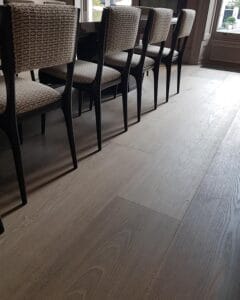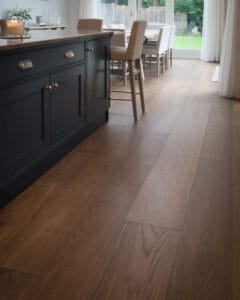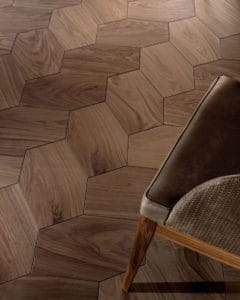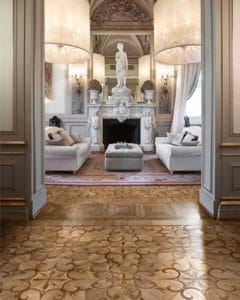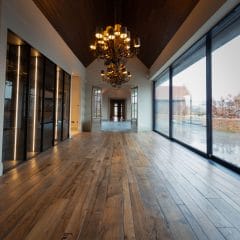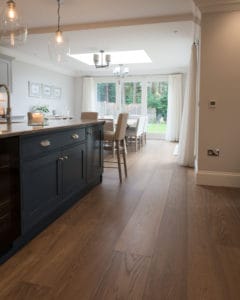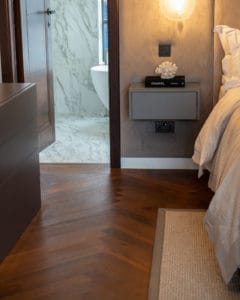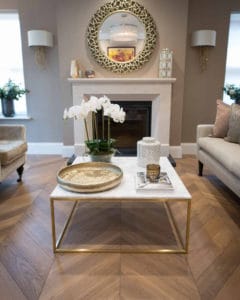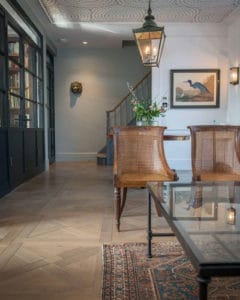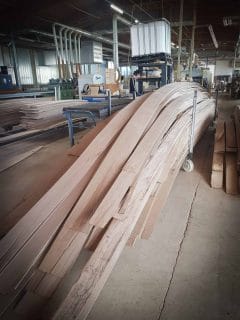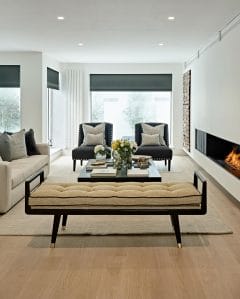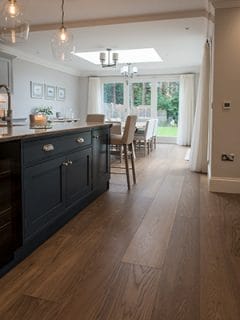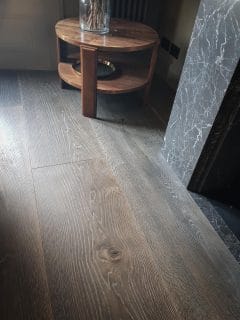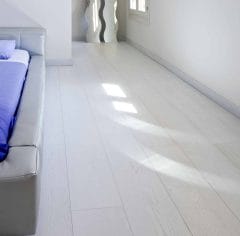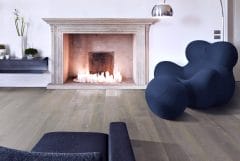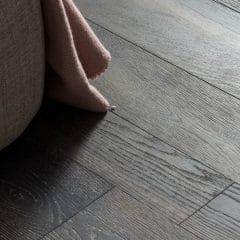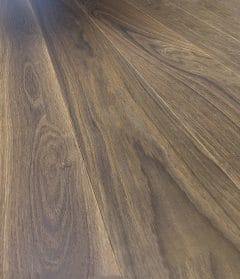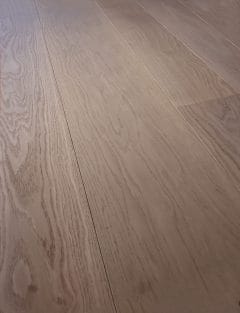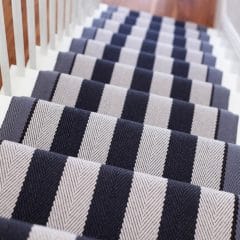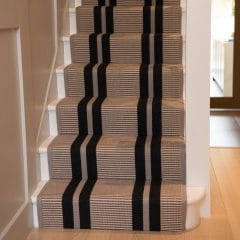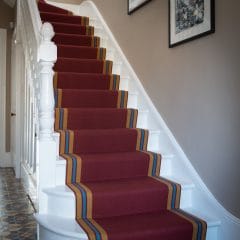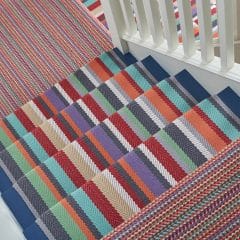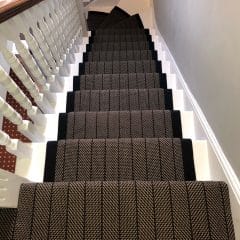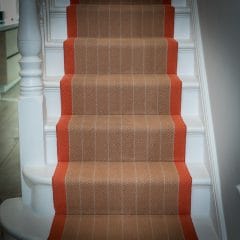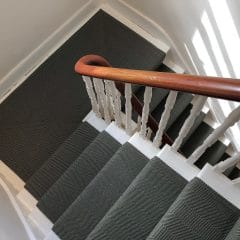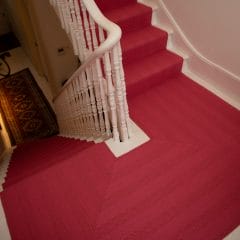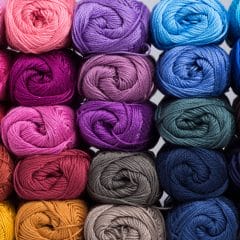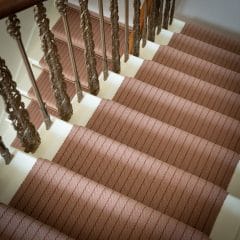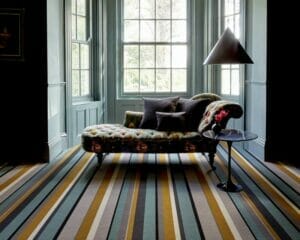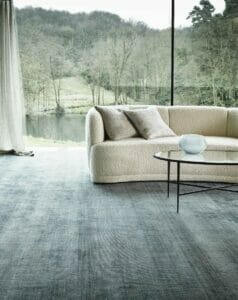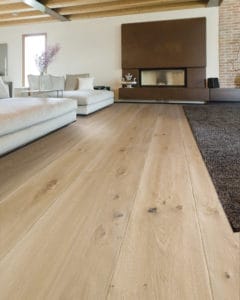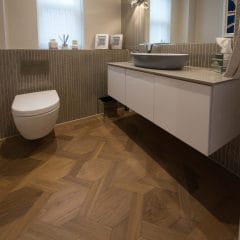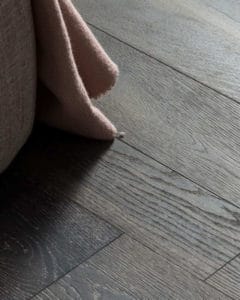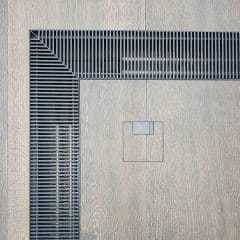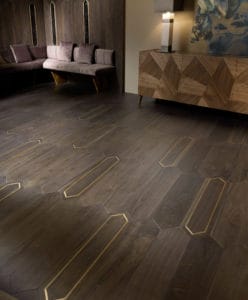What is Grasscloth Wallpaper
Grasscloth wallpaper is a collective term for fabric hand woven from natural plant fibres such as sisal, seagrass, arrowroot, bamboo and jute.
Fibres are stripped from the plants and left to dry in the sun. The manufacturing techniques use traditional hand woven looms. The product is typically manufactured in countries where the grasses are cultivated with styles from China, Brazil and Tanzania.
Sisal is the most common fibre and typically used in rope making. The fibre is ideal for wallpapers as it is inherently strong and its ability to take dyes make it a versatile fibre. The fibres are woven and applied to backing to form a wall covering.
Jute wallpapers have characteristics similar to sisal with slightly thicker, but softer fibres.
Seagrass and bamboo wallpapers use thicker and more rigid fibres and provide a more textured appearance.
More complex designs can be used when placing the fibres into shapes and geometric patterns.
History of Grasscloth Wallpaper
The origin of grasscloth wallpaper has Asian roots, using natural resources the fibres are woven to rice paper and then applied to walls providing insulation to homes and a natural decorative effect. Natural grasses used on walls have been identified by archaeologists dating back over 2000 years. In contrast to Silk wallpaper and Linen Wallpaper the natural fibres or grasscloth were inexpensive and were widely used in homes. During the 17th century Silk wallpapers were being imported to London for use in luxury houses and mansions.
With the explosion of hippie culture and appreciation for eco materials these natural wallcovering became very popular during the 1960’s and 1970’s in Europe and America. Typically, the designs available were simple weaves and used fairly basic colours.
Fast forward to the 90’s, a strong revival for ecological and sustainable products were highly in demand. Leading wallpaper manufacturers and distributers such as Arte International and Omexco started incorporating more adventurous designs and colours.
Appreciation for sixties and seventies culture has continued. Popularised by tv shows such as Mad Men showcasing 60’s and 70’s interior design with many interior scenes with grasscloth wallpaper.
Today the options available to manufacturers are extensive giving an infinite possibility for new designs and a far cry from the original wallcovering your parents will have had. Many designs are now using mixed fibres, metallic dyes and designs incorporating patterns inspired from parquet patterns.
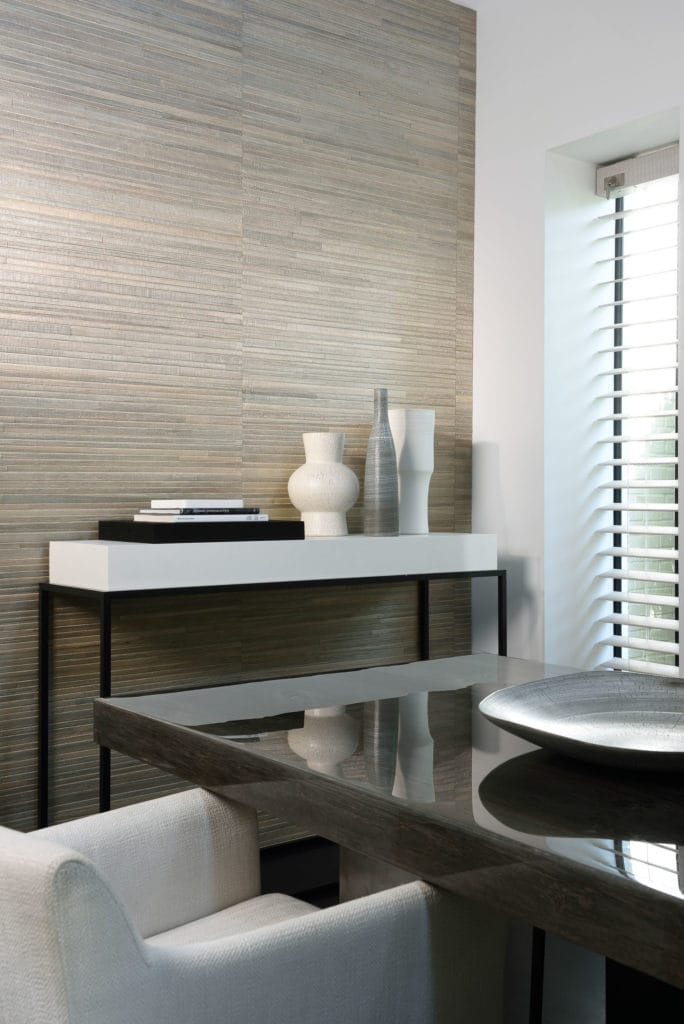
Where can I use natural fibre wallpaper
While relatively hard wearing natural fibre wallpapers should not be used in wet areas or where high humidity is present. Thus best not used in bathrooms. The most durable of the natural fibre wallcovings is sisal, with a fine almost silk appearance and is ideal in high traffic areas such as hallways and even in commercial applications such as retail shops and restaurants. Feature walls and either side of a chimney breast are the most common places to use grasscloth as they provide an attractive back drop. If using for all walls in a room consider using lighter colour and more minimal fibre such as sisal. This will achieve the effect of a linen look to your walls with a subtle texture.
Are grasscloth wallpapers durable
Grasscloth is less hardwearing than your vinyl or printed paper due to the natural fibres have less resistance to stains and the fibres being relatively delicate. However, with improvements in manufacturing and stain resistant technology this is less of an issue today. Do be careful when cleaning, a damp cloth can be used but avoid excessive rubbing as this can remove colour from the wallpaper.
Will Grasscloth wallcoverings bend around corners on walls
It is possible to install on both inner corners and outer corners. The key to successful installation is to use a sharp knife with snap off blades, with a new blade for each cut. See our instruction videos below to see how it is done for finishing inner corners and outer corners.
Can you see the joins between each drop of wallpaper
Yes, these wallpapers are made by hand on traditional looms using natural materials. thus expect some colour variation between each drop and a noticeable join. the only exception is with geometric patterns where the design makes the join much less viable. Where strong colours are used it is recommended to prime the wall first with a colour similar to the the wallpaper, that way if gaps do appear between the wallpaper it will be much less visible.
Is Grasscloth Eco friendly
All the materials used to make grasscloth wallpapers are derived from sustainable resources, the backing is made from paper and often with FSC chain of custody certification, the grasses are cultivated on plantations that do not require pesticides or fertilisers. The manufacturing requires very little electricity except for when the Fibre is extracted by a process known as decortication, which requires electricity. The wallcovering is woven by hand and requires no electricity. the final product is biodegradable. The main downside to consider is that sisal plantations have been know to replace virgin rain forest however the farming process is considered less destructive than other farming methods.
How to measure and calculate quantities
Generally grasscloth wallpapers are sold in rolls with a width of 90cm and either by a fixed length such as a 5.5m roll or by the linear meter. most designs have no pattern repeat and thus dividing the width of your wall and dividing by 90cm will let you know the number of drops required for the wall. Next you will need to see how many drops you can get out of a roll so if your wall is 2.5m high you will be able to get 2 drops out of a 5.5m roll. A professional installer may cut the wallpaper so that even widths are applied to the wall and thus avoiding an odd size strip on the last drop.
How much will it cost
For grasscloth wallpapers expect to pay from £20 per m2 for simple designs and colours with more complex and luxury designs costing over £140 per m2. A feature wall with 4 drops on an average wall height of 2.4m will cost from £200 for the material which is fairly inexpensive considering the transformation to your room.
Installation can vary greatly, some high end specialist wallpaper installers in London will charge from £500 upwards for a feature wall. Our suggestion is to always use a professional installer considering the expense of the wallpaper.
For more information and products shop Sisal Grasscloth wallpaper, Bamboo wallpaper, Seagrass Wallpaper and Jute wallpapers
How do you hang Grasscloth wallpaper
Preparation of the substrate
After removing the old wallcovering, the substrate must be clean, dry, firm, slightly absorbent and even. Any light-coloured non-woven wallcovering also requires a uniform and light coloured substrate. If the colour of the substrate differs greatly from the colour of the wallcovering, it is recommended to first apply primer to the wall. This primer must be the same shade as the wallcovering.
Rub off old coats of paint, and wash down the wall using water and degreaser.
The walls must be non-alkaline. If they are not, they must be cleaned and treated with a suitable fixing agent. Ensure that this agent is able to penetrate the substrate.
Also treat walls that are too absorbent or powdery (including plaster walls) using a suitable fixing agent.
Only apply wallcoverings to walls which are completely dry, otherwise discoloration and loss of adhesion will occur.
Adhesive
Adhesive for non-woven wallcovering like ARTE Clearpro, or Metyl Special (200 grammes in 4 litres of water) with the addition of 20% PVA adhesive.
Ensure you always use the correct mixing proportions.
Hanging
Check the product for faults before hanging it and check the result for faults after hanging 3 strips of wallcovering. If any errors are visible, stop the work and contact the manufacturer.
Only hang rolls with the same batch number next to each other.
Avoid creases in and damage to the material, and handle with care at all times.
Cut the strips of wallcovering to the correct length.
Use a lambskin roller to evenly apply the adhesive to the wall (always apply adhesive slightly further than the width of the strip). Roll up the strip and place the dry top against the pasted wall. Then place the strip against the top of the pasted wall and unroll the strip down to the bottom of the wall.
First position the start of the seam, then rub outwards from the seam across the width of the strip. Use a soft rubber roller to make the strip smooth and even.
Use a seam roller on the seams.
Using a sharp knife and a ruler, carefully cut the surplus wallcovering from the top and bottom.
Using a damp sponge, immediately remove any adhesive stains before it dries. Do this after hanging each strip.
Finish papering a complete wall before starting to paper the next.

